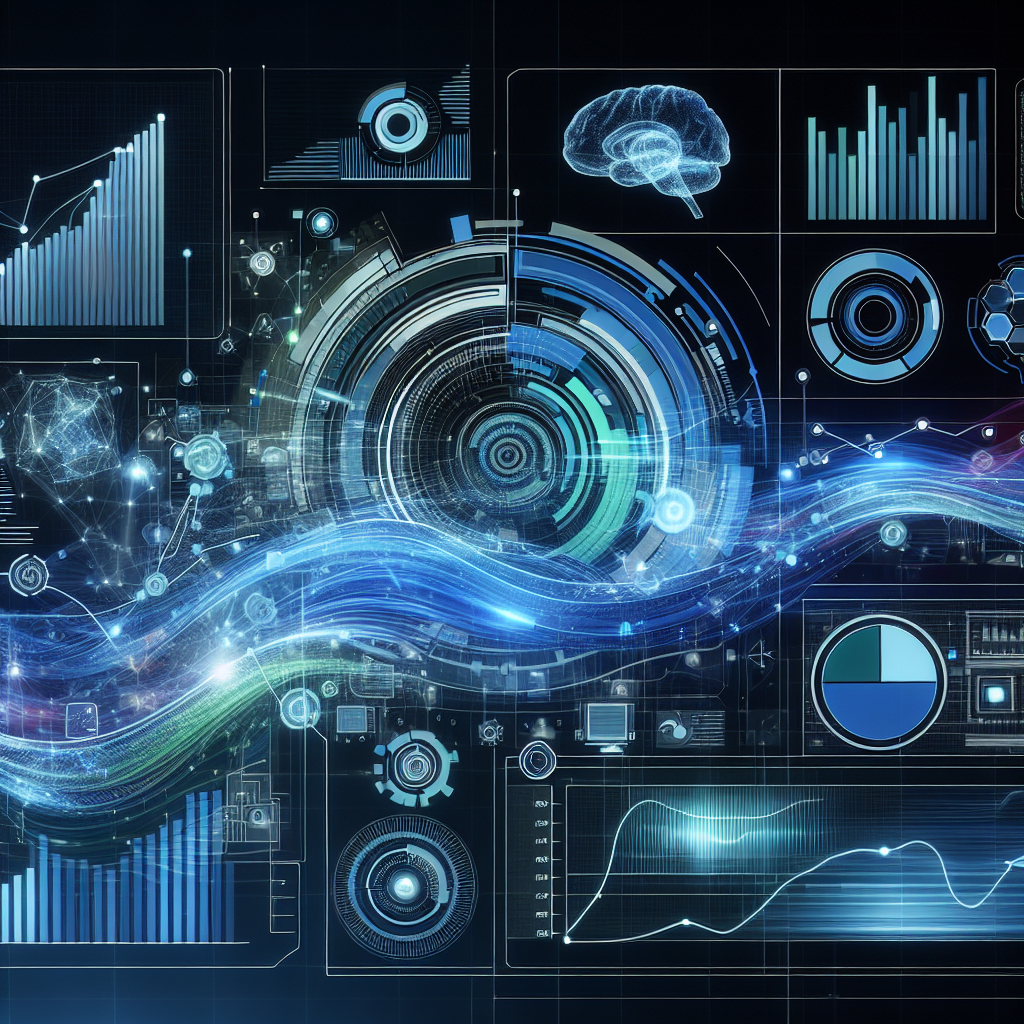AI for Predictive Analysis in Government Forecasting
Artificial Intelligence (AI) has become an integral part of various industries, and government forecasting is no exception. With the vast amount of data available to governments, AI can help make sense of this data and provide valuable insights for better decision-making. In this article, we will explore how AI is being used for predictive analysis in government forecasting and its benefits.
What is Predictive Analysis in Government Forecasting?
Predictive analysis in government forecasting is the process of using historical data, statistical algorithms, and machine learning techniques to identify patterns and predict future outcomes. This can help government agencies anticipate trends, make informed decisions, and allocate resources more efficiently.
AI plays a crucial role in predictive analysis by analyzing large datasets and identifying patterns that humans may not be able to detect. By using AI, government agencies can make more accurate predictions and better plan for the future.
Benefits of AI for Predictive Analysis in Government Forecasting
There are several benefits of using AI for predictive analysis in government forecasting. Some of the key benefits include:
1. Improved Accuracy: AI algorithms can analyze large datasets and identify patterns with greater accuracy than traditional methods. This can help government agencies make more reliable predictions and better plan for the future.
2. Faster Insights: AI can process data at a much faster rate than humans, allowing government agencies to make quicker decisions based on real-time data.
3. Cost Savings: By using AI for predictive analysis, government agencies can identify cost-saving opportunities and allocate resources more efficiently.
4. Better Decision-Making: AI can provide valuable insights that can help government agencies make better decisions and improve overall performance.
5. Enhanced Security: AI can help government agencies identify potential security threats and take proactive measures to prevent them.
Examples of AI for Predictive Analysis in Government Forecasting
There are several ways in which AI is being used for predictive analysis in government forecasting. Some examples include:
1. Predicting Economic Trends: AI algorithms can analyze economic data and predict future trends, such as GDP growth, inflation rates, and unemployment rates. This information can help government agencies make informed decisions about economic policies and resource allocation.
2. Forecasting Weather Patterns: AI can analyze weather data from satellites, radars, and sensors to predict weather patterns with greater accuracy. This information can help government agencies prepare for natural disasters and plan emergency responses.
3. Predicting Traffic Patterns: AI algorithms can analyze traffic data from sensors, cameras, and GPS devices to predict traffic patterns and congestion. This information can help government agencies optimize traffic flow and reduce congestion.
4. Identifying Fraudulent Activities: AI can analyze financial data to identify patterns of fraudulent activities, such as tax evasion and money laundering. This information can help government agencies prevent fraud and improve financial transparency.
5. Predicting Disease Outbreaks: AI can analyze healthcare data to predict disease outbreaks and epidemics. This information can help government agencies prepare for public health emergencies and allocate resources more effectively.
FAQs
Q: How does AI for predictive analysis in government forecasting work?
A: AI algorithms analyze historical data, identify patterns, and predict future outcomes based on statistical models and machine learning techniques.
Q: Is AI for predictive analysis in government forecasting accurate?
A: AI algorithms can provide more accurate predictions than traditional methods, but their accuracy depends on the quality of the data and the algorithms used.
Q: What are the challenges of using AI for predictive analysis in government forecasting?
A: Some challenges include data privacy concerns, bias in algorithms, and the need for skilled data scientists to interpret the results.
Q: How can government agencies implement AI for predictive analysis in forecasting?
A: Government agencies can collaborate with AI companies, hire data scientists, and invest in AI technologies to implement predictive analysis in forecasting.
In conclusion, AI for predictive analysis in government forecasting is a powerful tool that can help government agencies make more informed decisions, allocate resources more efficiently, and improve overall performance. By leveraging AI technologies, government agencies can stay ahead of the curve and better prepare for the future.

